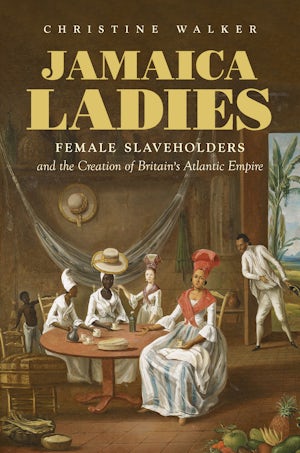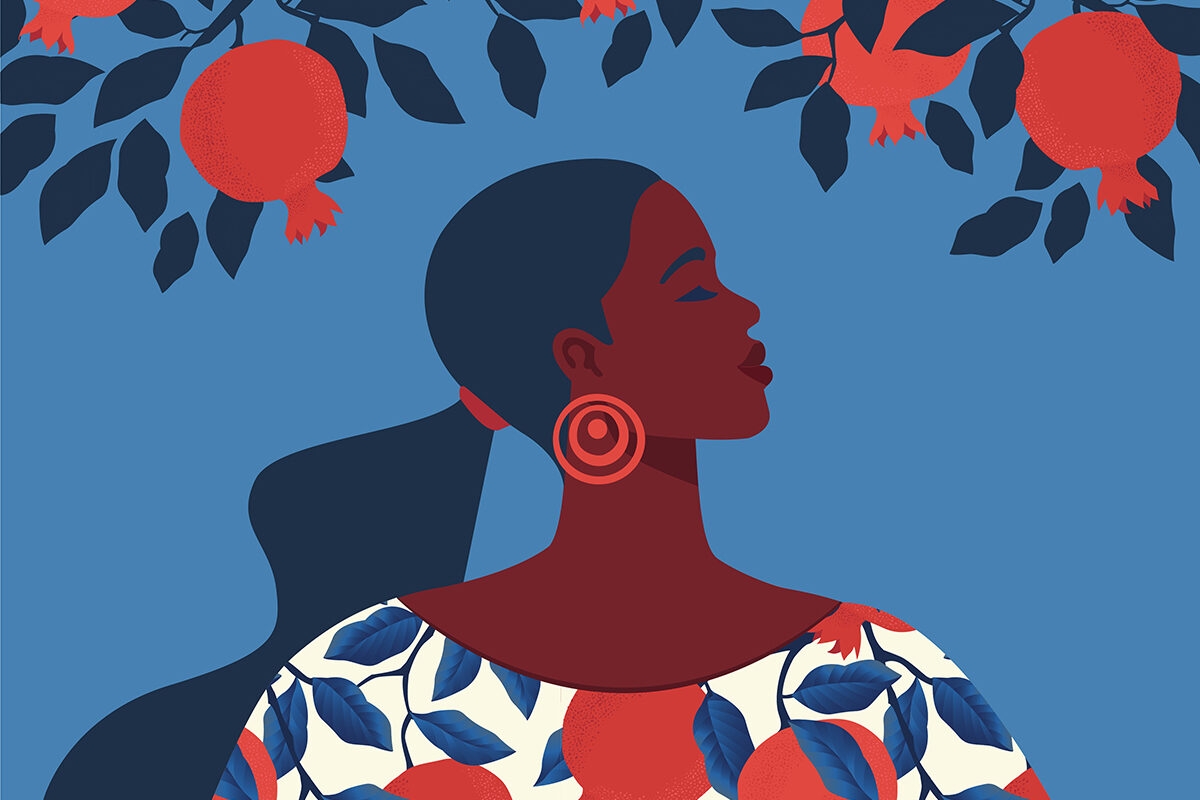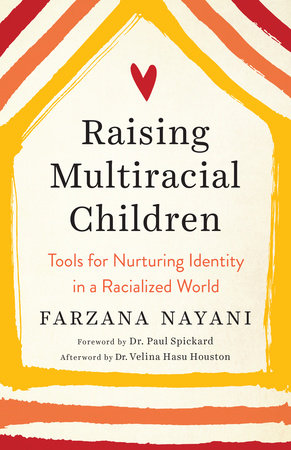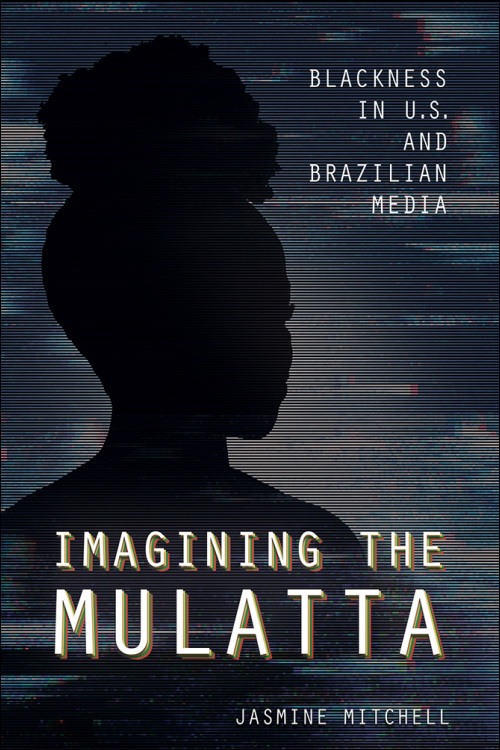HALF MEASURES: California’s Journey Toward Counting Multiracial People By 2022
Multiracial Americans of Southern California (MASC)
2020
30 pages
Thomas Lopez, Editor
Sarah Gowing, Lead Researcher
Reviewers:
G. Reginal Daniel, Ph.D., Professor and Vice Chair, Department of Sociology
University of California, Santa Barbara
Kelly F. Jackson, Ph.D., Associate Professor of Social Work
Arizona State University

Racial and ethnic data is collected by the government to enable the enforcement of civil rights laws, ensure equitable distribution of resources, and measure inequality. In 2016, the State of California released new policy standards for the collection and public reporting of racial/ethnic demographic data. All State agencies, boards, and commissions that collect this data must comply by January 1, 2022, allowing respondents to select multiple racial/ethnic categories. They must also disseminate this information in such a way as to not obscure mixed-race individuals. Potentially the most significant change to the standards would be the counting of people with mixed Latina/o and non-Latina/o identity. California will be the first state in the nation to do this.
This study’s aim is to determine whether these agencies are in compliance or whether there are still changes to be made. After reviewing organizations and aims from four sectors (education, business, health, and criminal justice), it was found that only one system is in compliance with the data collection, and none have followed the standards for race/ethnic data presentation. The counting of mixed Latina/o identified people is the most conspicuous gap in both the data collection and reporting methods. With less than two years to make the required changes, agencies must ensure that they are beginning the process now due to the time and resources required.
Table of Contents
- Executive Summary
- About MASC
- Terminology
- Introduction
- Current vs. Future Standards
- Future Data Collection Compliance
- Future Data Presentation Compliance
- Methodology
- Results
- Data Collection
- Data Presentation
- Discussion & Recommendations
- About the Authors
- Works Cited
- Appendix A: Assembly Bill 532
- Appendix B: Supporting Data
Read the entire report here.








